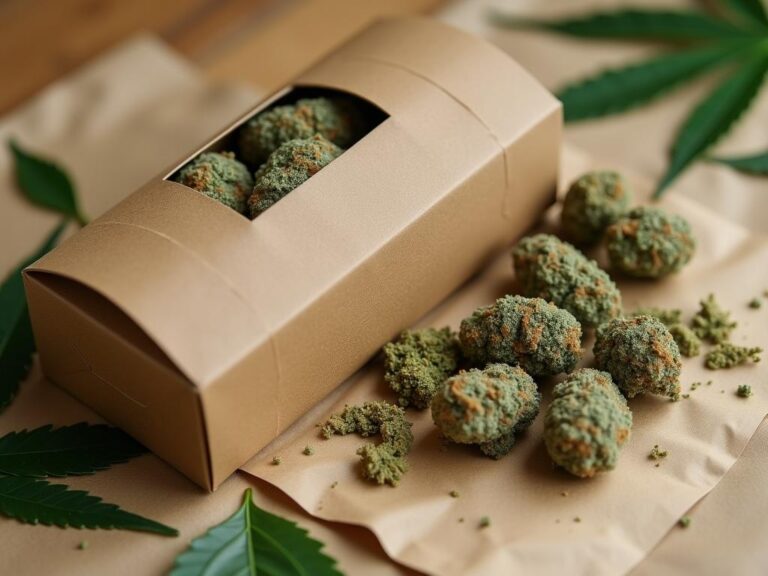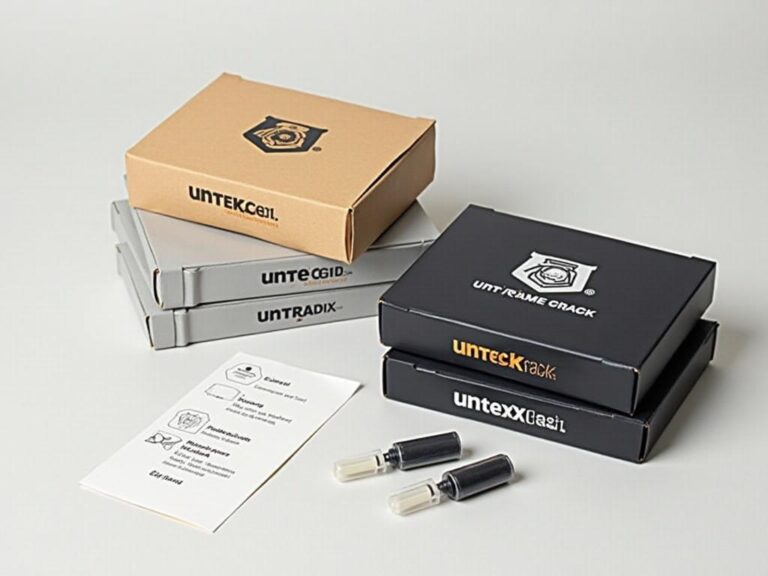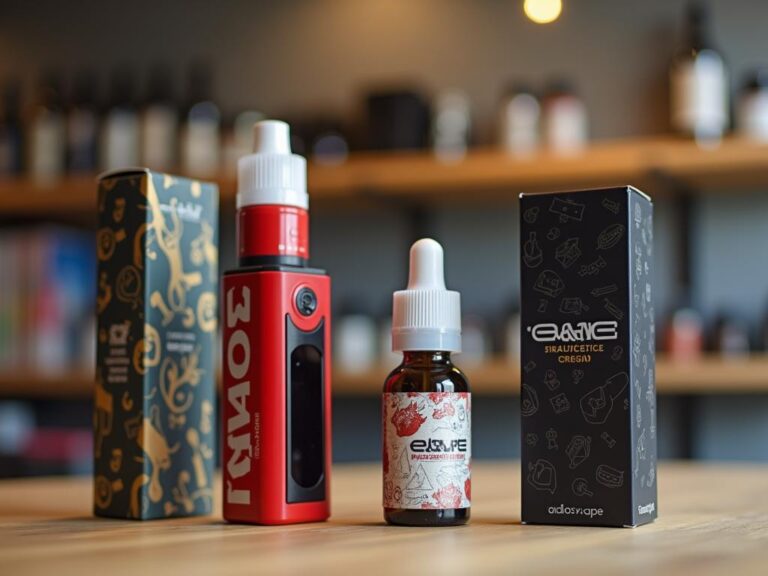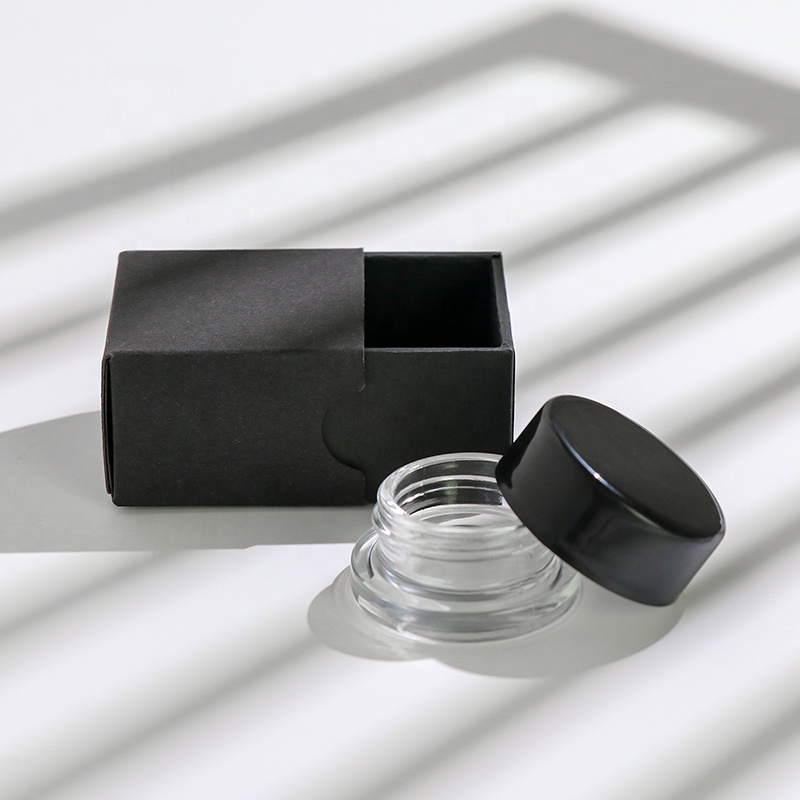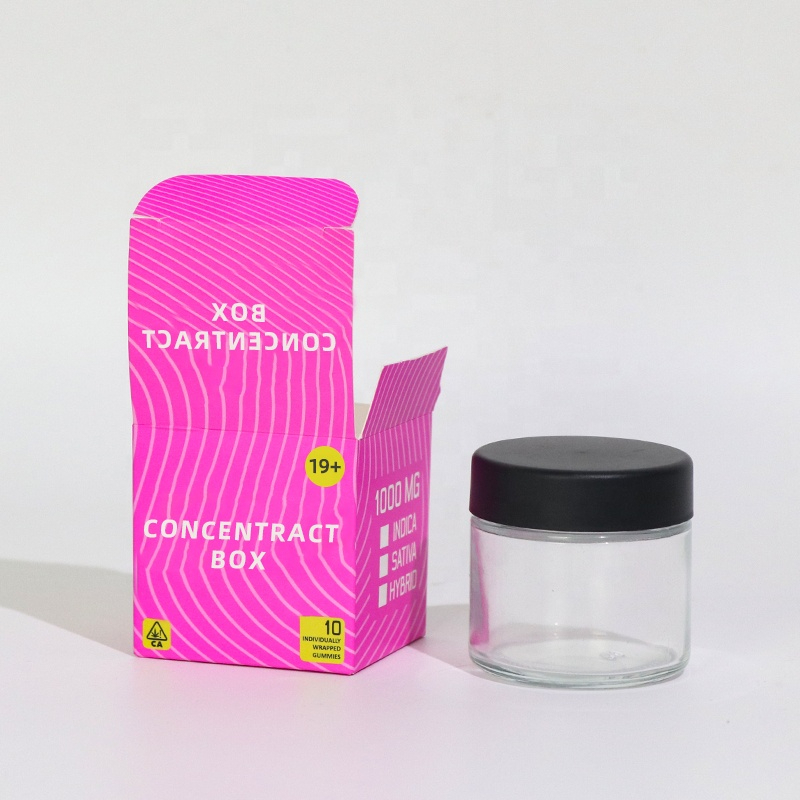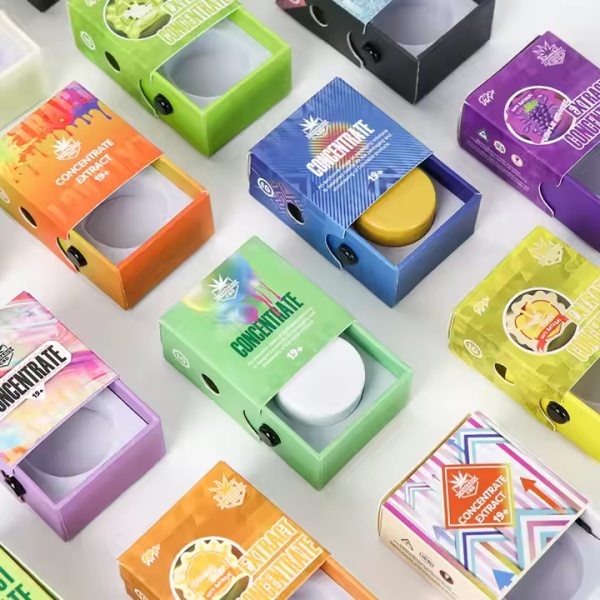-
Fuyong Town, Baoan District, Shenzhen
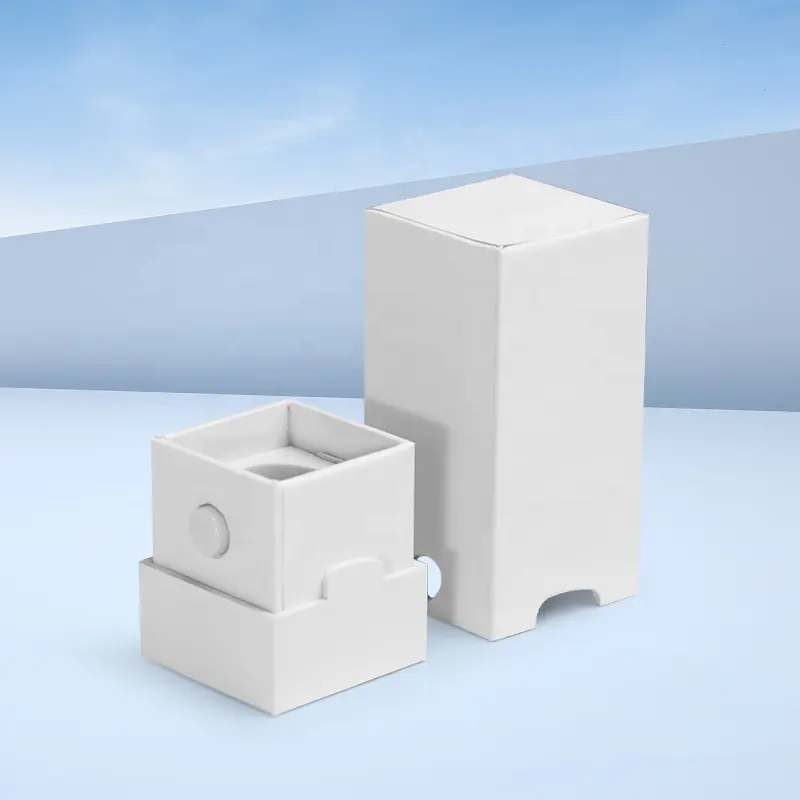
How do you know if a package is child resistance
Navigating Child-Resistant Packaging: A Comprehensive Guide for Businesses
This article provides a detailed overview of child-resistant packaging, its importance, and the regulations surrounding it. It’s essential reading for wholesalers, manufacturers, and distributors in the cannabis industry who need to understand how to comply with these standards, ensuring both product safety and legal adherence. It serves to educate and provide critical information to businesses, acting as a guide through the complexities of child-resistant packaging requirements.
Table of Contents
1. What is Child-Resistant Packaging and Why is it Important?
Child-resistant packaging (CRP) is designed to be significantly difficult for children under five years of age to open within a reasonable time, while not being too difficult for most adults to use properly. It’s a crucial safety measure to prevent accidental poisoning from hazardous substances, including many cannabis products. It’s important to clarify, there is no such thing as child-proof packaging.
The primary purpose of child-resistant packaging is to reduce the risk of children accessing potentially harmful contents. This is not only a matter of ethical responsibility for businesses but also a legal requirement under regulations like the Poison Prevention Packaging Act (PPPA). For businesses, particularly in the cannabis industry, prioritizing child safety through compliant packaging is paramount. Child-resistant features might include special safety caps, complex closures, or other designs that make it challenging for young children to open the package.
2. What is the Poison Prevention Packaging Act (PPPA), and How Does it Impact My Business?
The Poison Prevention Packaging Act (PPPA) of 1970, gave the U.S. Consumer Product Safety Commission (CPSC) the authority to regulate the packaging of hazardous household substances. Senator Frank E. Moss of Utah authored by U.S. The PPPA aims to protect children from serious injury or illness resulting from handling, using, or ingesting such substances. The act mandates special packaging requirements for a range of products, including some containing nicotine.
For cannabis businesses, the PPPA means that many products, especially those containing THC or CBD, must be sold in child-resistant packaging. Failure to comply with these regulations can result in significant penalties, including fines and product recalls. Understanding and adhering to the PPPA is not optional; it’s a fundamental aspect of operating legally and responsibly within the cannabis industry, showing a commitment to business guidance principles. Package manufacturers need to be aware of these needs.
3. What Types of Cannabis Products Require Child-Resistant Packaging?
A wide range of cannabis products require child-resistant packaging, as defined by the PPPA and related state regulations. This includes, but isn’t limited to, products containing nicotine and those meeting certain thresholds of THC content. Examples are:
- Concentrates: Items like wax, shatter, and budder often have very high THC concentrations, necessitating child-resistant packaging. Concentrate Packaging offers semantically relevant solutions.
- Edibles: Gummies, chocolates, and other infused foods must be in packaging that is difficult for children to open.
- Vape Products: Vape cartridges, disposable pens, and e-liquids, especially those containing nicotine or high THC levels, fall under these regulations. Find compliant solutions with Vape Packaging.
- Tinctures: Tincture Packaging require child resistant qualities.
- Pre-rolls: Pre roll Packaging commonly needs to be child-resistant.
It’s crucial for businesses to stay updated on the specific regulations in their operating areas, as requirements can vary by state. The general rule is that if a cannabis product poses a risk of accidental poisoning if ingested by a child, child-resistant packaging is required.
4. How is Child-Resistant Packaging Tested? Understanding Protocol Testing.
Child-resistant packaging must be tested to meet specific standards, ensuring its effectiveness. This testing, often referred to as protocol testing, involves evaluating the package’s ability to resist opening by children while remaining accessible to adults. This is based on ISO standards.
The testing process typically involves groups of children and adults. Children under five are given a set time to try to open the package, while adults (including senior-friendly panels) are tested on their ability to open and properly reclose the packaging. Packages must be tested and pass stringent criteria to be considered child-resistant. The CPSC provides detailed guidelines on the acceptable test methods and pass/fail criteria. These federal requirements are critical for manufacturers to understand.
5. What are the Specific Requirements for Resealable Packaging?
Resealable child-resistant packaging presents unique challenges. While single-use packaging might only need to resist opening once, Resealable packages must maintain their child resistance after multiple openings and closings. This often involves more complex closure mechanisms.
The PPPA and CPSC guidelines specify that Resealable packaging must continue to meet the child-resistant standards throughout its intended lifespan. This means that the packaging should be designed to withstand repeated use without significant degradation of its child-resistant features. Package testing for Resealable containers includes cycles of opening and closing to simulate real-world use.
6. Are There Senior-Friendly Child-Resistant Packaging Options?
Balancing child resistance with ease of use for adults, particularly seniors, is a critical consideration. “Special packaging” aims to achieve this balance, often referred to as senior-friendly child-resistant packaging. While the packaging must be difficult for children under 5 years of age to open, it should not pose undue difficulty opening for older adults.
Senior-friendly designs often incorporate features like larger tabs, easier-to-grip surfaces, or mechanisms that require less force to operate. The CPSC recognizes the importance of senior-friendly designs and includes testing with senior panels as part of the protocol testing process. Child-resistant and senior-friendly are both critical features.
7. What are the Common Challenges in Designing Effective Child-Resistant Packaging?
Designing effective child-resistant packaging involves overcoming several challenges. One key challenge is creating a design that is truly difficult for young children to open while remaining intuitive and manageable for adults. This requires careful consideration of human factors and ergonomics. We need to think of packaging in new and innovative ways.
Another challenge is ensuring the packaging materials are durable enough to withstand repeated use and maintain their child-resistant properties. The materials must also be compatible with the product itself, preventing any unwanted interactions or degradation. Cost-effectiveness is another factor, as overly complex designs can significantly increase manufacturing expenses.
8. How Can I Ensure My Packaging Complies with International Standards, Like ISO 8317?
ISO 8317 is an international standard for child-resistant packaging. It outlines specific requirements and test methods for reclosable packages for any contents. Achieving compliance with ISO 8317 demonstrates a commitment to child safety and can facilitate access to international markets.
To ensure compliance, businesses should work with packaging manufacturers familiar with the ISO 8317 standard. The packaging should be subjected to rigorous testing according to the standard’s protocols. This often involves testing with panels of children and adults to assess both child resistance and ease of use for adults. Documentation of the testing process and results is crucial for demonstrating compliance.
9. What Role Does the Consumer Product Safety Commission (CPSC) Play?
The Consumer Product Safety Commission (CPSC) is the federal agency responsible for enforcing the Poison Prevention Packaging Act (PPPA). The CPSC sets the standards for child-resistant packaging, conducts package testing, and has the authority to take enforcement actions against non-compliant businesses. The CPSC was gave the U.S. this important authority.
The CPSC also provides guidance and resources to help businesses understand and comply with the regulations. They publish detailed information on the PPPA, including lists of substances requiring special packaging and guidelines for testing protocols. Staying informed about CPSC updates and guidance is essential for any business dealing with potentially hazardous substances.
10. What are the Penalties for Non-Compliance with Child-Resistant Packaging Regulations?
Non-compliance with child-resistant packaging regulations can result in severe penalties. The CPSC has the authority to issue fines, order product recalls, and even pursue criminal charges in cases of willful or egregious violations. State-level regulations may also impose additional penalties.
Beyond legal consequences, non-compliance can damage a company’s reputation and erode consumer trust. Product recalls can be costly and disruptive, and negative publicity can have long-lasting effects. Prioritizing compliance is not only a legal obligation but also a sound business practice that protects both consumers and the company’s bottom line.
FAQs
What is the main purpose of the Poison Prevention Packaging Act?
The main purpose of the Poison Prevention Packaging Act (PPPA) is to protect children from serious injury or illness resulting from handling, using, or ingesting hazardous household substances.
How can I tell if my cannabis packaging is child-resistant?
Child-resistant packaging will typically have features that make it difficult for young children to open, such as a special safety cap or a complex closure mechanism. It should also be labeled as child-resistant and may have instructions for proper use. The best way to be sure is to have the packaging tested by a certified lab.
What should I do if I suspect my packaging is not compliant?
If you suspect your packaging is not compliant, you should immediately stop using it and contact a qualified packaging consultant or testing laboratory. They can help you assess the packaging and determine what steps are needed to ensure compliance.
Where can I find more information about child-resistant packaging regulations?
The Consumer Product Safety Commission (CPSC) website is a valuable resource for information on child-resistant packaging regulations. You can also find information from industry associations and packaging suppliers like ourselves.
Do all states follow the same child resistant packaging laws?
While the PPPA is federal law, states may enact stricter guidelines for certain product categories, including cannabis. For example, Marijuana Packaging may fall into these enhanced categories.
Is it expensive to make packaging child resistant?
It is a more complex and therefore more expensive process to produce compliant child-resistant packaging, but it does not need to break the bank. Solutions like our Custom Cannabis Concentrate Packaging Box offer reasonable prices.
Key Takeaways:
- Child-resistant packaging is crucial for preventing accidental poisoning in children.
- The Poison Prevention Packaging Act (PPPA) mandates child-resistant packaging for many products, including some cannabis items.
- Compliance with child-resistant packaging regulations is a legal requirement and a key aspect of responsible business practice.
- Testing and certification are essential to ensure packaging meets the required standards.
- Senior-friendly designs are available to balance child resistance with ease of use for adults.
- Non-compliance can result in significant penalties, including fines and product recalls.
- Stay informed and proactive. Consult with marijuana cannabis concentrate container packaging box experts to determine the right packaging for your product.
- Consider using compliant OEM Child Resistant Concentrate Packaging Drawer box designs.
This comprehensive guide should help Wholesalers, manufacturers, distributors understand their roles and responsibilities. Contact us to create the perfect packaging solution.
